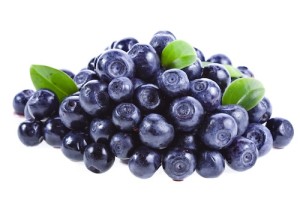New blueberry production in parts of Italy could provide the country with new opportunities to capitalise on continued growing demand for the fruit on international markets, according to one leading exporter.
Thomas Drahorad of NCX Drahorad, a trading company which also has a number of operations in the PR and marketing sector – these include representing Eurofruit’s publishing house Market Intelligence in Italy – said that while consumption levels varied on the domestic market, demand on foreign markets was increasing.
In total, Italy’s blueberry crop is now estimated at around 3,000 tonnes, of which a third comes from Trentino-South Tyrol and 20-25 per cent from Piedmont. The main variety is Duke, but later varieties like Brigitta and Elliott are also present, while newer types – especially Draper and Piemonte – are establishing a presence.
Italy’s traditional export destinations for blueberries are Germany, Switzerland, Austria and the UK, particularly during its main production window from the middle of June until the end of July.
Production is concentrated in the areas of Trentino, Piedmont (around Cuneo), Lombardy (Valtellina) and Veneto (Verona), with smaller volumes produced in Tuscany, Calabria and Sicily. New production is also emerging in Emilia-Romagna and Lazio.
And while that production has traditionally tended to be small-scale, Drahorad revealed that new, better-organised companies were investing in blueberries, establishing planted areas of more than 5ha for example in Veneto and near Cuneo in Piedmont. In Valtellina, in Lombardy, too, around 50ha has been planted.
“In Piedmont, around 75 per cent of production goes for export, with the UK taking most of this in terms of quantity and the best grades in terms of quality,” he explained.
“Italy’s strong point is that it can manage ordering and handling times very efficiently, with less than 72 hours between order and delivery, as well as accurate pre-cooling to preserve shelf-life and bloom, and higher guarantees in terms of hygiene and food safety.”
06/26/2015
Fruitnet

